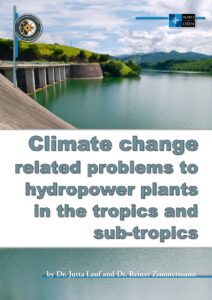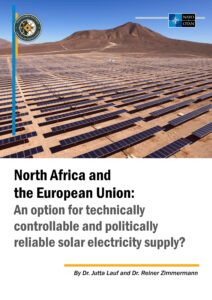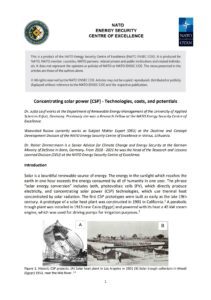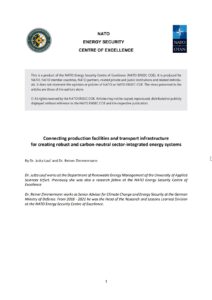
With respect to global warming the armed forces differentiate between the impacts on infrastructure, facilities and operations and the implications for peacekeeping and conflicts. The climate related stresses for military installations are well documented for e.g. the United States Forces. This includes threats from flooding, droughts, wildfires and desertification. The most imminent threats are due to the rise in sea level and the frequency of major storms, both consequences of global warming. Heavy damage to mainly coastal military and civil infrastructure is expected as a result of more powerful hurricanes reaching further north than currently experienced. In this paper, the changing characteristics of hurricanes in the North Atlantic and Caribbean between 1967 and 2018 are shown and new storm patterns due to the predicted rising in sea surface temperature are explained. Climate models show that future hurricanes exhibit stronger winds and massive precipitation as well as a slower decay and movement after landfall resulting in severe damages and longer lasting flooding. The vulnerability of the Norfolk Naval Shipyard (USA) to such hurricanes is highlighted. Examples of short and long term, high and low cost, biological and technical adaptation and mitigation measures for protecting coastal installations are described.





